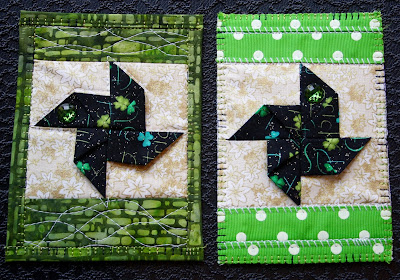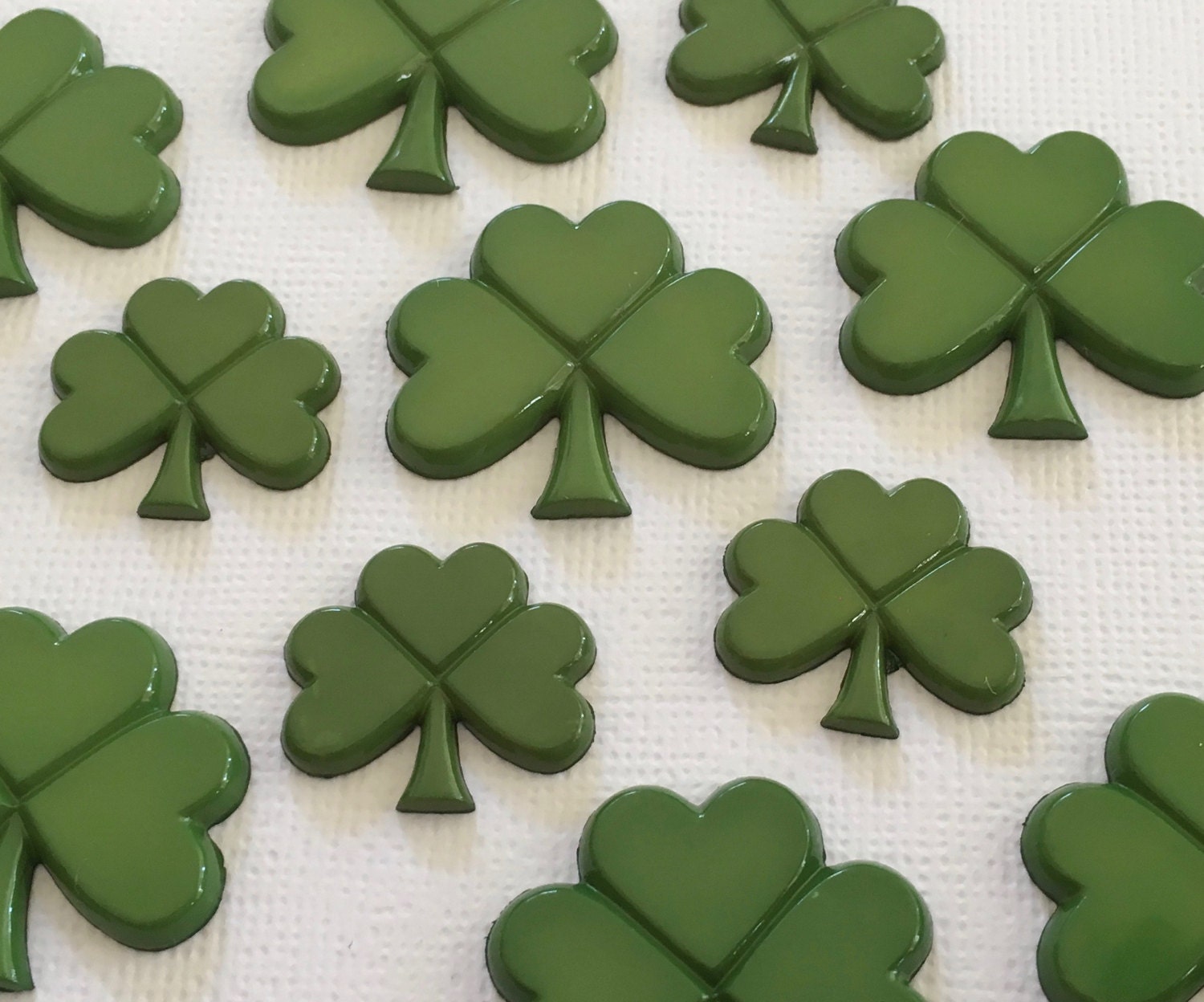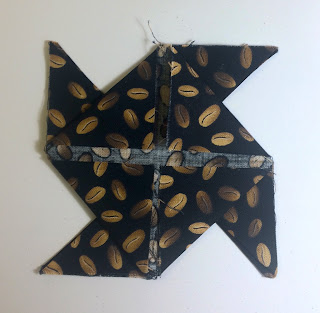May 2017
Sheree McKee
Neckties Recycled
 This swap challenge with my friends at PostCardMailArt (Yahoo Group) was called "Tie Techniques". The object was to use up old neckties in a postcard project, but not neccessarily keeping them in a necktie "shape.
This swap challenge with my friends at PostCardMailArt (Yahoo Group) was called "Tie Techniques". The object was to use up old neckties in a postcard project, but not neccessarily keeping them in a necktie "shape.
Each postcard took 4 different deconstructed neckties.
I've been collecting silk neckties for a long time. Goodwill and garage sales are my main sources. Many girlfriends would just give me handfulls of toss-out ties. However, a lot of those were polyester. But the silk ties... now those are true treasures! I've made pillows from them, small purses, Kansashi flower pins and more. I've also used silk ties to bind raw seam allowances inside hand made garments.
Sometimes old neckties stink!
Cigars, smoke, pets, mildew and food odors can linger on fibers. I spritz a group of neckties lightly with Febreeze Fabric spray, then toss them into my dryer on low heat with a damp towel. Often, I need to repeat a second time.
Sometimes old neckties are stained!
I sort the polyesters and pre-treat obvious stains. Then I wash the poly ties in warm water, on a gentle cycle with detergent and an Oxy type laundry additive. Tumble on low heat with an added towel.
I do not machine wash silk ties. I tried it, but they ended up distorted, twisted, and in a tangled mess. Instead, I now use a white cloth, and laundry spot cleaner just on the greasy or stained areas. Daub gently, so you can avoid abrading the silk textures.
Sometimes old neckties are ugly!
Embrace it... sort by color families... even the ugliest guy in the bunch looks better when surrounded by a few cute friends.
I like to sort my tie collection into little groups of three-four coordinating families. I roll them into coordinated jelly-roll shapes and store them stacked inside a clear plastic bin.
Don't leave silk neckties in wads in a box or bag! I made this mistake years ago. Purchased some, then threw the bag in bottom of a closet for a few years. You will have a wrinkled and distorted mess that is difficult to get the shapes back. Natural silk, needs lots of steam to press out the wrinkles!
Save the Guts and Labels!
The natural wool interlining can be used as snow in your landscape postcards. It can also be used to create sleeve headers if you are a garment seamstress. I've even used the long sections of interlining as "rope" to tie folded fabric bundles together, for storage.
Labels are interesting and worth collecting. Sometimes they are designer names which make them more valuable. Unique labels can add cute pops of color or interest in other sewing projects.
Helpful Necktie Websites
~ ~ ~ ~ ~ ~ ~ ~ ~ ~
More of my blog entries you might like:
SaveSaveSaveSave































































